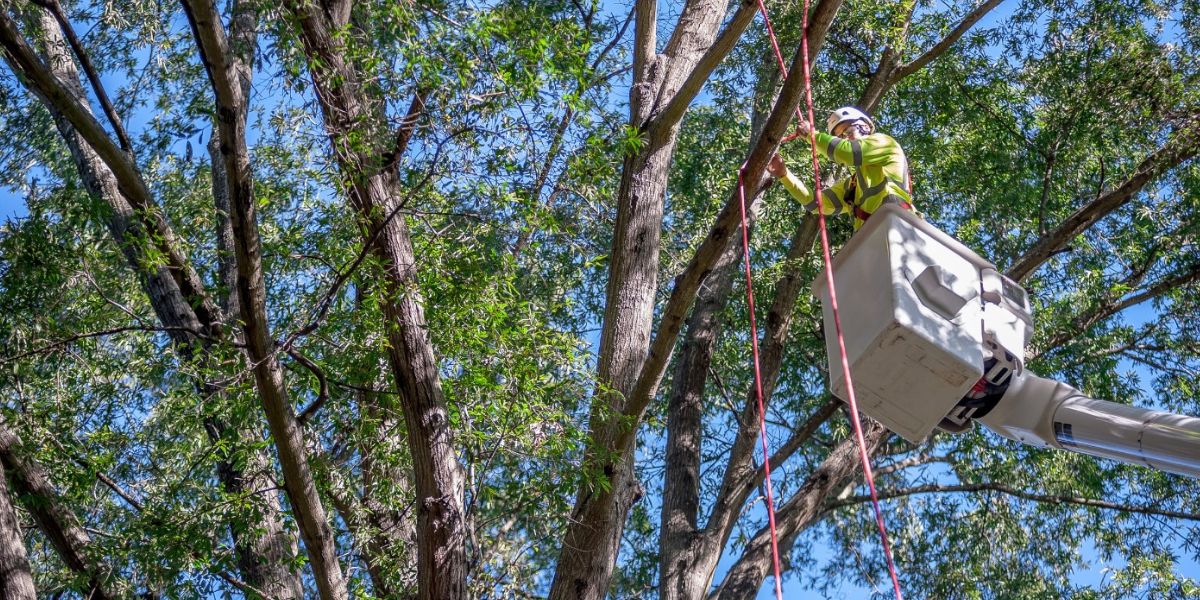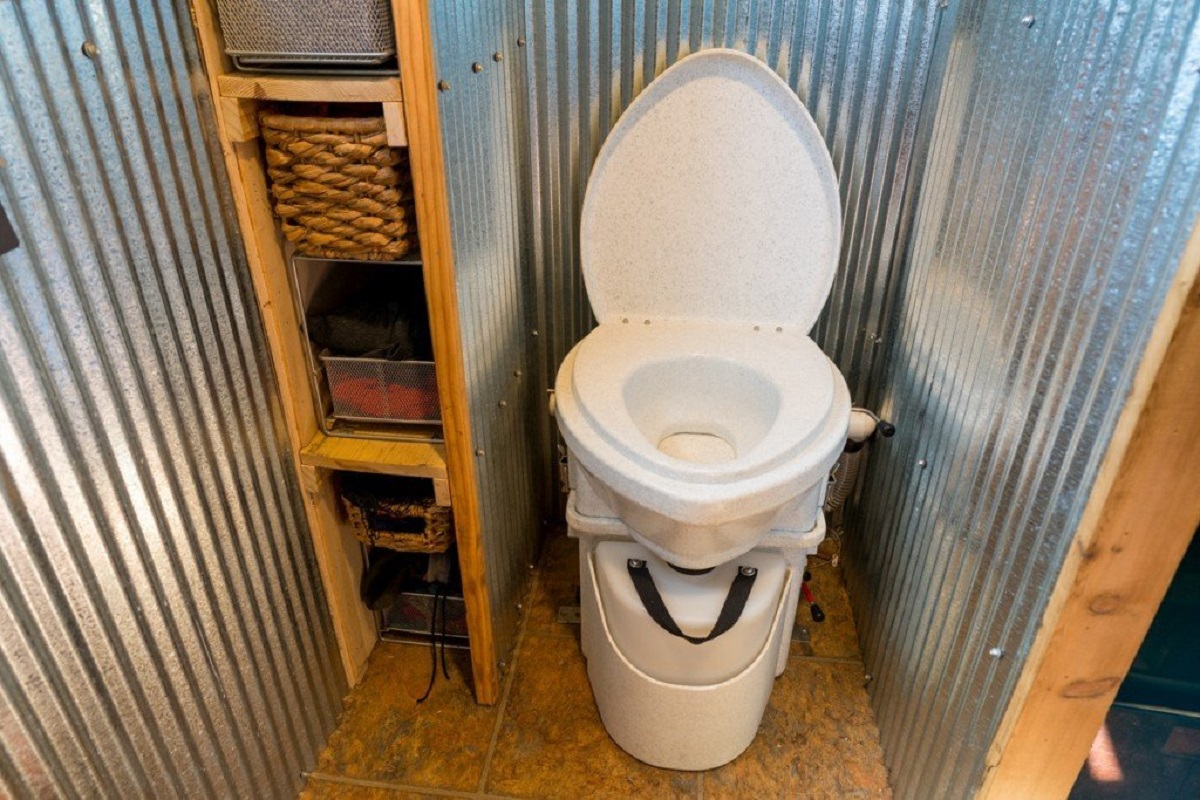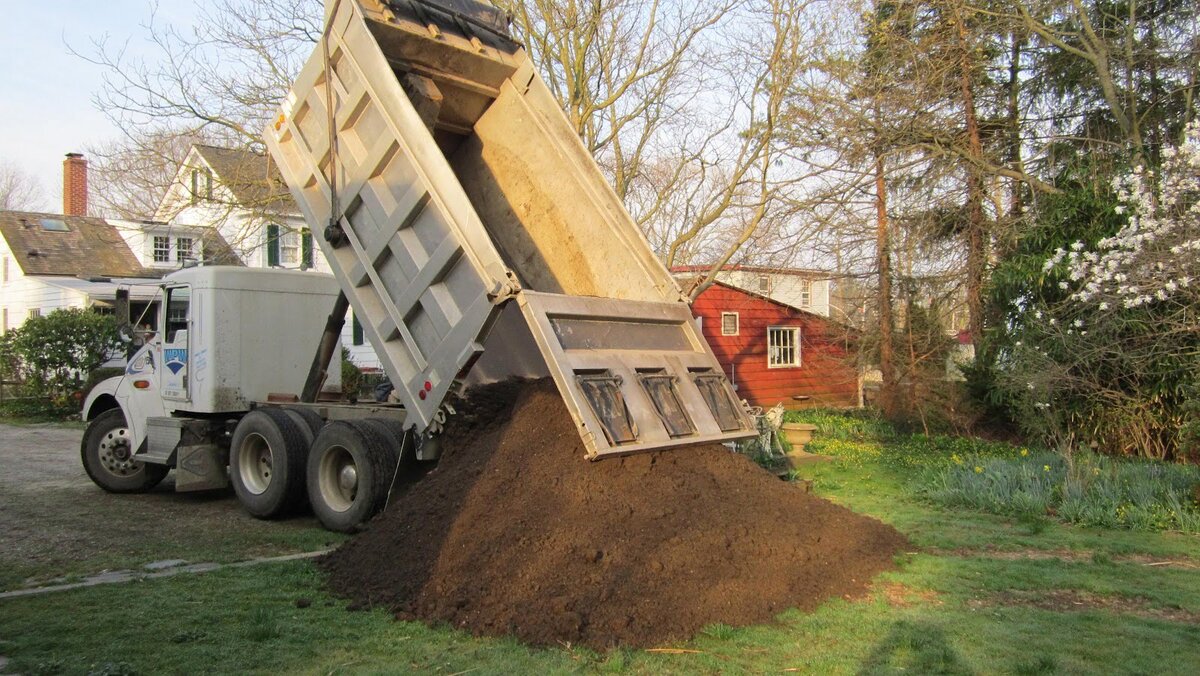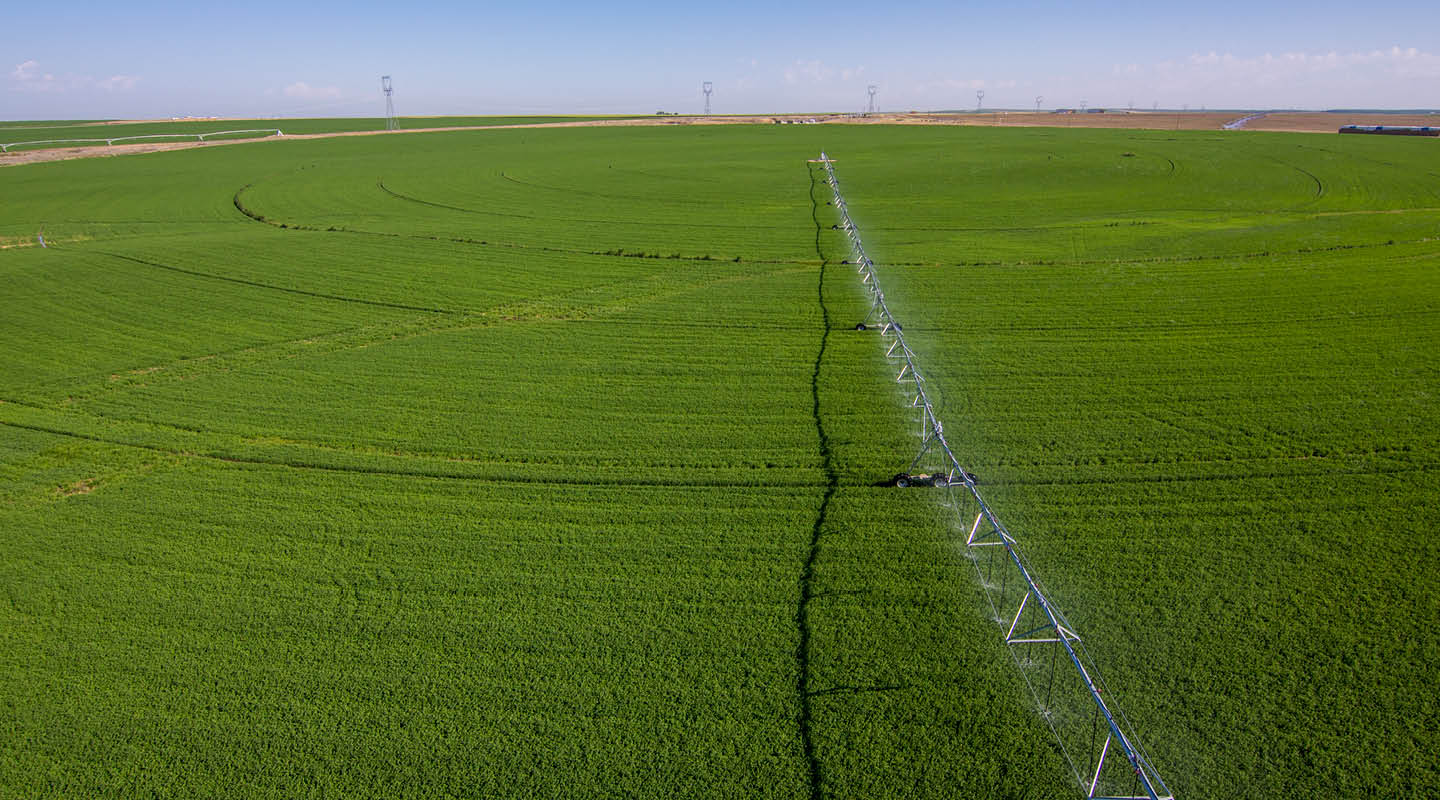Home>Gardening Techniques>Plant Care>How Much Does Tree Pruning Cost


Plant Care
How Much Does Tree Pruning Cost
Modified: January 22, 2024
Find out the average cost of tree pruning and plant care services. Get expert tips and quotes for affordable plant maintenance.
(Many of the links in this article redirect to a specific reviewed product. Your purchase of these products through affiliate links helps to generate commission for Chicagolandgardening.com, at no extra cost. Learn more)
Table of Contents
Introduction
Welcome to our comprehensive guide on the cost of tree pruning. Tree pruning is an essential practice for maintaining the health, shape, and safety of trees. Whether you have a small backyard tree or a large property with several trees, understanding the factors that affect tree pruning costs can help you make informed decisions about this vital aspect of plant care.
Tree pruning involves the selective removal of branches to improve a tree’s structure, eliminate hazards, and enhance its overall appearance. However, it’s important to note that the cost of tree pruning can vary significantly based on several factors. By understanding these factors, you can better estimate the cost of tree pruning and plan your budget accordingly.
In this guide, we will explore the average costs associated with tree pruning, the factors that contribute to those costs, and the considerations you should keep in mind when determining whether to hire a professional or tackle the task yourself. Understanding these aspects will empower you to make informed decisions and ensure the well-being of your trees while staying within your budget.
So, if you’re ready to delve into the world of tree pruning costs and learn how to make the best decisions for your plant care needs, let’s get started!
Factors Affecting Tree Pruning Cost
Several factors contribute to the cost of tree pruning. By understanding these factors, you can better estimate the expenses involved in tree pruning and plan your budget accordingly. Let’s take a closer look at the key factors that impact tree pruning costs:
- Tree Size: The size of the tree plays a significant role in determining the cost of pruning. Larger trees require more time, effort, and specialized equipment to prune effectively. As a result, pruning larger trees tends to be more expensive compared to smaller ones.
- Tree Species: The species of the tree also affects pruning costs. Some tree species are more challenging to prune due to factors like dense foliage, thorny branches, or fragile limbs. These factors can impact the time and effort required for pruning, leading to higher costs.
- Tree Condition: The overall health and condition of the tree can influence pruning costs. If a tree is diseased, infested by pests, or structurally compromised, extra precautions and treatments may be necessary during pruning, which can increase the cost.
- Accessibility: The accessibility of the tree also plays a role in determining pruning costs. If a tree is located in a hard-to-reach area or poses logistical challenges, such as being near power lines or structures, additional equipment or specialized techniques may be required, resulting in higher costs.
- Pruning Objectives: The specific objectives of the pruning job can impact the cost. Whether you need minor pruning for maintenance purposes or extensive pruning to address safety concerns or reshape the tree, the complexity of the task will affect the overall cost.
- Season: The time of year can also influence tree pruning costs. Pruning during the dormant season, typically in late winter or early spring, is often more cost-effective as it allows for better visibility of the tree’s structure and reduces the risk of disease transmission.
It’s important to note that these factors are interconnected, and the cost of tree pruning can vary significantly depending on a combination of these variables. It’s advisable to consult with a professional arborist who can assess your specific tree pruning requirements and provide you with an accurate estimate based on the unique characteristics of your trees.
Average Tree Pruning Costs
The cost of tree pruning can vary depending on various factors, as mentioned earlier. However, understanding the average costs can give you a general idea of what to expect when budgeting for tree pruning. It’s important to note that the following figures are just estimates and can vary based on your location, tree size, and other specific circumstances:
For smaller trees, such as ornamental or fruit trees, you can expect to pay around $100 to $300 for basic pruning. This typically involves the removal of dead or diseased branches, shaping the tree, and maintaining its overall health. Larger trees, such as oak or maple trees, can range from $300 to $1,000 or more, depending on their size and complexity of the job.
If the tree requires more extensive pruning, such as crown reduction or thinning, the cost can increase. Crown reduction involves reducing the height or spread of the tree, while thinning involves selectively removing branches to increase airflow and reduce weight. These specialized pruning techniques can range from $500 to $1,500 or more, depending on the size and complexity of the tree.
Keep in mind that additional services, such as stump removal, debris cleanup, or hauling away the pruned branches, may incur extra costs. It’s essential to discuss these services with your chosen arborist and factor them into your overall budget.
It’s worth mentioning that tree pruning costs can also vary based on your location. Factors such as local labor rates, competition among tree service providers, and regional tree characteristics can impact prices. It’s advisable to get multiple quotes from reputable arborists in your area to ensure you’re getting a fair price.
While it can be tempting to opt for the lowest price, it’s crucial to prioritize quality and professionalism when selecting a tree pruning service. Hiring a certified arborist or a reputable tree care company will ensure that the pruning is performed correctly and without causing harm to your trees.
Remember, tree pruning is an investment in the health, beauty, and safety of your trees. By allocating a reasonable budget and hiring a skilled professional, you can enjoy the benefits of well-maintained trees for years to come.
Pricing Factors to Consider
When considering the cost of tree pruning, it’s important to take into account several factors that can affect the overall pricing. Understanding these factors will help you make a more accurate assessment of the expenses involved and make an informed decision. Here are some pricing factors to consider when estimating the cost of tree pruning:
- Tree Size and Complexity: Larger trees with intricate branching structures will generally require more time, effort, and specialized equipment to prune. This can contribute to higher costs compared to smaller, simpler trees.
- Number of Trees: If you have multiple trees that require pruning, some tree care services may offer discounts for bulk work or packaged deals. Be sure to inquire about any such discounts when obtaining quotes.
- Location and Accessibility: Trees that are located in hard-to-reach areas or require special equipment to access can incur additional costs. Factors such as proximity to power lines, buildings, or other obstacles may necessitate extra precautions and impact the overall pricing.
- Tree Health and Condition: If your tree has specific health issues or is infested by pests, the arborist may need to take additional measures during pruning. These interventions may incur additional charges to address the specific needs of the tree.
- Seasonal Considerations: The time of year can also influence pricing. Pruning during the dormant season, when trees are less susceptible to damage and disease, may be more cost-effective compared to peak seasons when arborists are in high demand.
- Additional Services: Depending on your specific needs, you may require additional services such as stump removal, branch chipping, or debris cleanup. These services can add to the overall pricing, so it’s important to clarify them in advance.
It’s crucial to obtain multiple quotes from reputable tree care services in your area to compare prices and services offered. While it may be tempting to choose the lowest-priced option, it’s advisable to prioritize the quality of work and the reputation of the tree care provider. Hiring a certified arborist or a reputable tree care company will ensure that the pruning is done correctly and in a way that promotes the long-term health and safety of your trees.
Remember, the cost of tree pruning is an investment in the well-being of your trees. Proper pruning not only enhances their appearance but also maintains their structural integrity and prevents potential hazards. By considering these pricing factors and making an informed decision, you can ensure that your trees receive the care they deserve while staying within your budget.
DIY vs Hiring a Professional
When it comes to tree pruning, you may be wondering whether to undertake the task yourself or hire a professional. While DIY pruning can save you money, there are several factors to consider before making a decision. Here are some points to help you evaluate the pros and cons of DIY pruning versus hiring a professional:
Skills and Knowledge: Tree pruning requires expertise and knowledge of tree biology, proper pruning techniques, and safety precautions. If you lack experience or are unsure about how to prune correctly, hiring a professional arborist is recommended. They have the necessary skills and training to assess the tree’s needs, determine the best pruning methods, and perform the job safely.
Equipment: Pruning trees often requires specialized equipment such as pruning shears, pole saws, and ladders. While you can purchase or rent these tools, it’s important to consider the cost and whether you will use them frequently enough to justify the investment. Professionals are equipped with the necessary tools and have experience in using them effectively and safely.
Safety: Tree pruning can be dangerous, especially when dealing with tall trees or working at heights. A professional arborist is trained in safety protocols and has the necessary protective gear to minimize the risk of accidents. They also have liability insurance in case any damage or injuries occur during the pruning process.
Time and Effort: Pruning a tree, especially a large or complex one, can be time-consuming and physically demanding. Consider whether you have the time, energy, and physical capabilities to complete the pruning task. Hiring a professional allows you to save time and effort while ensuring the job is done efficiently and effectively.
Tree Health and Aesthetics: Improper pruning can harm the tree’s health and appearance. Professionals understand the biology of trees and can assess the specific needs of each tree. They can make precise cuts to promote tree health, shape the tree according to your preferences, and address any structural issues that may compromise its long-term well-being.
Liability and Insurance: Pruning trees can have risks, such as the possibility of falling branches or damage to property. Hiring a professional arborist provides you with peace of mind as they are insured for any potential damages or injuries that may occur during tree pruning.
Ultimately, the decision to DIY or hire a professional depends on your comfort level, knowledge, and the complexity of the pruning task. If you have small trees or simple pruning needs, and you possess the necessary skills and tools, DIY pruning may be a viable option. However, for larger trees, complex pruning requirements, or if you are unsure about the process, it is advisable to consult with and hire a professional arborist.
Remember, the health and aesthetics of your trees are at stake. By hiring a professional, you can ensure the longevity and beauty of your trees while minimizing the risk of accidents and damage.
Conclusion
Tree pruning is an essential aspect of plant care that helps maintain the health and beauty of your trees. Understanding the factors that affect tree pruning costs, as well as the average pricing and considerations when deciding between DIY and hiring a professional, is crucial for making informed decisions.
Factors such as tree size, species, and condition, as well as accessibility and pruning objectives, can all impact the cost of tree pruning. By considering these factors, you can better estimate the expenses involved and plan your budget accordingly.
On average, the cost of tree pruning can range from $100 to $1,500 or more, depending on the size and complexity of the job. It’s important to obtain multiple quotes from reputable tree care services in your area to ensure you’re getting a fair price.
When it comes to pruning, deciding between DIY and hiring a professional depends on factors such as your expertise, available time, equipment, and the complexity of the pruning task. While DIY pruning can save you money, hiring a certified arborist ensures the job is done correctly, with the necessary skills, knowledge, and equipment, while maintaining safety and tree health.
Ultimately, the decision to prune your trees should be based on their specific needs, your abilities, and the importance you place on their health and appearance. Regular tree pruning not only enhances the structure and aesthetics of your trees but also prevents potential hazards and promotes their long-term vitality.
So, whether you choose to hire a professional or take on the pruning task yourself, remember to prioritize the well-being of your trees, and consult with experts if you’re uncertain about the process. By investing in proper tree pruning, you can enjoy the benefits of healthy, beautiful trees for years to come.









